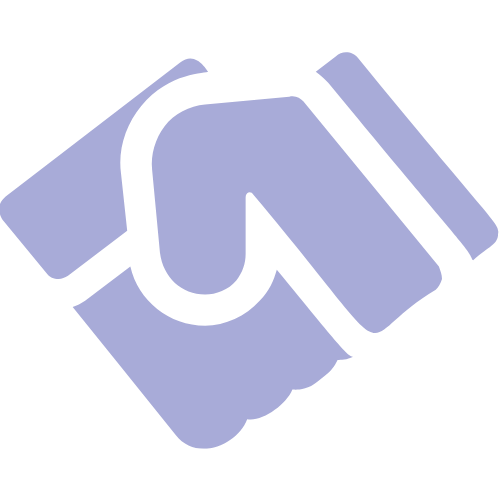Summary
Whether your students have compiled post-secondary program lists or are just starting to narrow down choices, these factors can help boost their success in the face of a rising tide of higher education applications.
Introduction
In the ever-changing landscape of career and college counseling, the most successful counselors continually try to stay up to date with the latest trends because they believe that knowledge is pivotal in supporting post-secondary planning for their students.
Record breaking application numbers continue to appear at top-tier universities, so planning, research, and goal setting are crucial for success. Counselors should encourage students to spread out their applications in order to remain competitive.
Northeastern's Global News reported processing 96,327 applications for matriculations in 2023. On the U.S. West Coast, a University of California press release reports 245, 768 applications, including both freshman applicants and transfers.
While much research is USA focused, this trend is global. For example, University World News reports that Finland saw a 54% increase in international students seeking resident permits. Despite the global pandemic, Germany's international student numbers have continued to rise. In an article published by University of Europe for Applied Sciences, statistics reveal a whopping 89% international student population over the last ten years. The number of students choosing Germany as a study destination has increased by 8%.
Admissions rates, however, have been on the decline in the USA and beyond, fostering an even more competitive environment for student applicants. For example, Harvard's acceptance rate according to Collegeboard is down to 4%. Boston University has an acceptance rate of 19%. Although students should still apply to the programs of their dreams, these numbers reflect a very small chance of acceptance. Counselors are a great resource to support students in creating safety choices and post-secondary options that align with the academic records of their students.
Preparation Tips for Counselors and Students

Research the Numbers
In the USA, for example, students can read application data. This extra legwork can go a long way in creating an application list. On Collegeboard there is an admissions section revealing helpful statistics. For example, they report that for Northeastern University the acceptance rate is now 18%. Encouraging students to have realistic expectations based on data is vital in creating "best fit" lists. Students can research similar data for worldwide colleges and universities as well to build appropriate application lists.
Factor in Housing
This may not be the first thing on a student's mind, as essays, personal statements and references take center stage during this process, but it is paramount for a positive university experience. The Netherlands has seen unprecedented application numbers, and the resulting housing shortages have, in some cases, kept students from attending a given university. One student studying artificial intelligence shared that he lived in a make-shift dorm during his freshman year. Among the typical challenges first-year students face, uncertainty with housing impacts well-being and academic performance. For students looking into cities such as New York, Amsterdam or Toronto, for example, the high cost of housing should also be considered.
Consider Student Satisfaction and Program Ratings
Rather than focusing on university and college-wide statistics, students and counselors should research student satisfaction and program ratings. Overall ratings can be misleading, as factors such as research produced or international student numbers can bump up a university's rating, but not necessarily correlate with the experience students are seeking. In the UK system, there is a leauge table that lists student satisfaction as one of the statistics. Students and counselors interested in the UK can find this table on The Complete University Guide.
Research Facility and Program Development
Colleges and universities that are thriving pour money into their campus, programs and facilities. If possible, take a tour of campus and see what the dorms look like as well as the overall environment. While the university or college may seem like the perfect fit, it is helpful to see it firsthand and consider facilities in decision making. For example, a student wishing to pursue a career in theater should determine that the program of choice is a valued part of the facilities for the creative arts.
Consider Direct Admissions
This time- and stress-saving option allows universities to recruit students, almost acting as a reverse form of acceptance. Instead of students spending money on multiple applications, hoping for acceptances and offers, they create one profile, showcasing their unique talents. While students may not know which universities will select their profile, it opens the door for them to walk into application season with potential offers. This provides a great backup plan for students, reduces stress on traditional applications, and requires less work from students. For more information, check out the MaiaLearning Blog on Digital Profiles and Maia Offers.
Be Realistic about Scholarships
Full scholarships are rare and should not be expected. Partial scholarships may seem appealing; however, if the tuition is astronomical, a partial scholarship is unlikely to make a dent in higher education costs. As application numbers remain high, the competition for scholarships will as well. Students must be proactive in finding scholarship opportunities. If tuition costs are a major issue, consider having an open mind about location. Depending on where students reside, local scholarships are also an option.
Do The Homework
Students need to do their homework. Simply making applications to programs is not enough anymore. Admissions officers love to hear from students. Counselors should encourage students to reach out to universities with inquiries. If students have a dream program, early decision should be considered. Students should dive into program websites, take a look at summer reading lists, analyze the syllabus for the program of interest, and get a feeling for the campus community.
Conclusion
As students and counselors prepare for the new application cycle, strategy, proper research and planning are key to application success. In addition, counselors should make the best use of their college and career readiness platform to meet students' post-secondary needs.
















